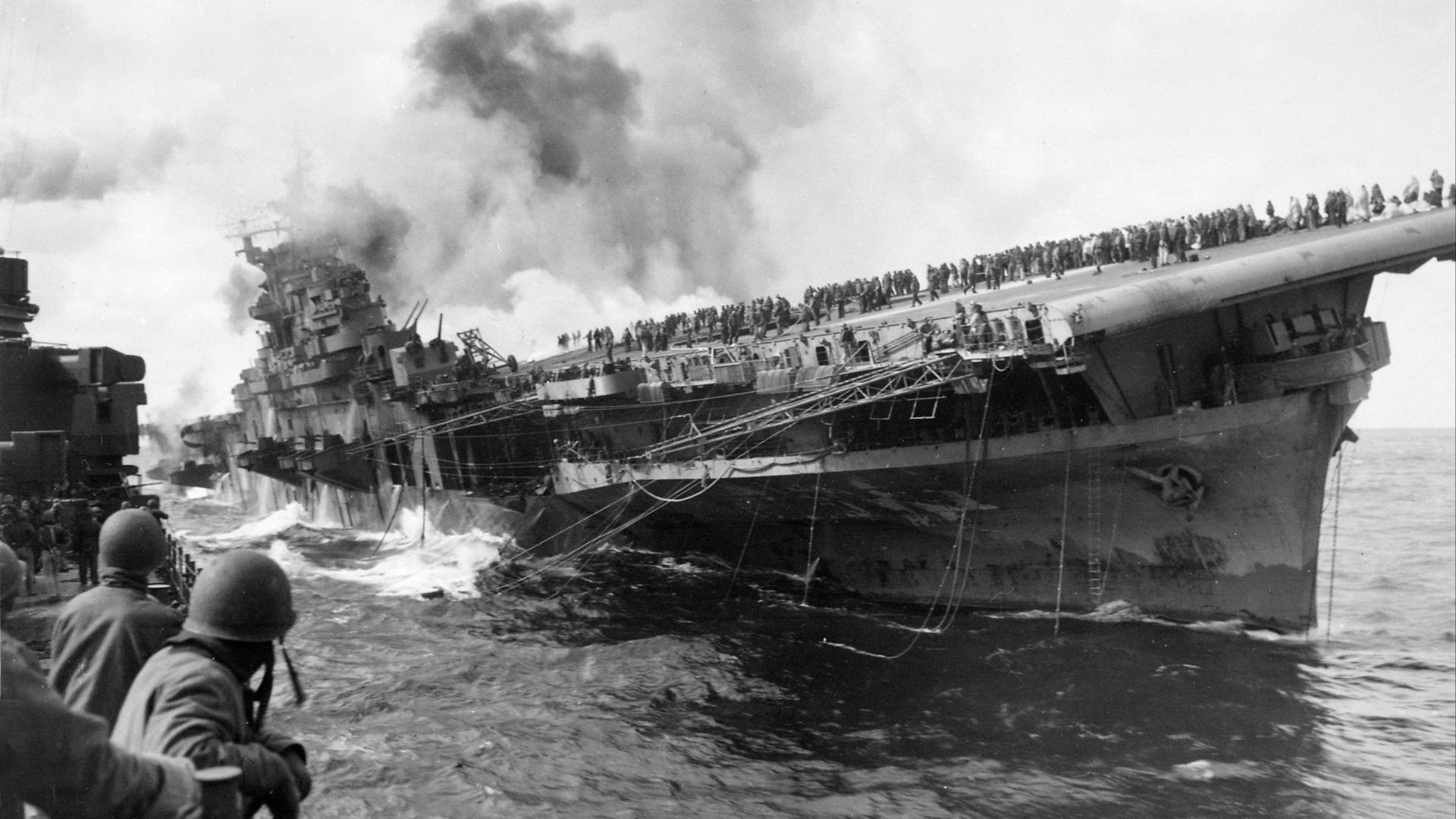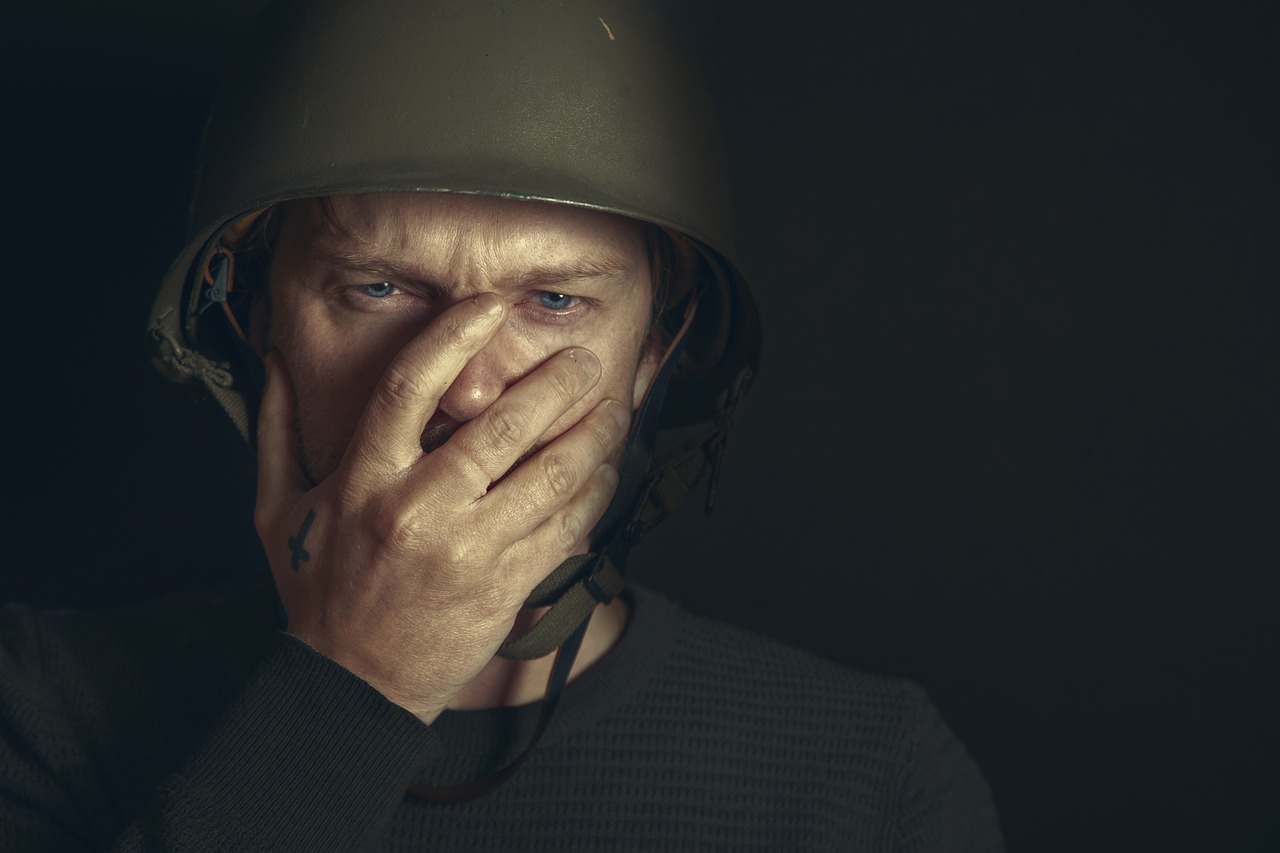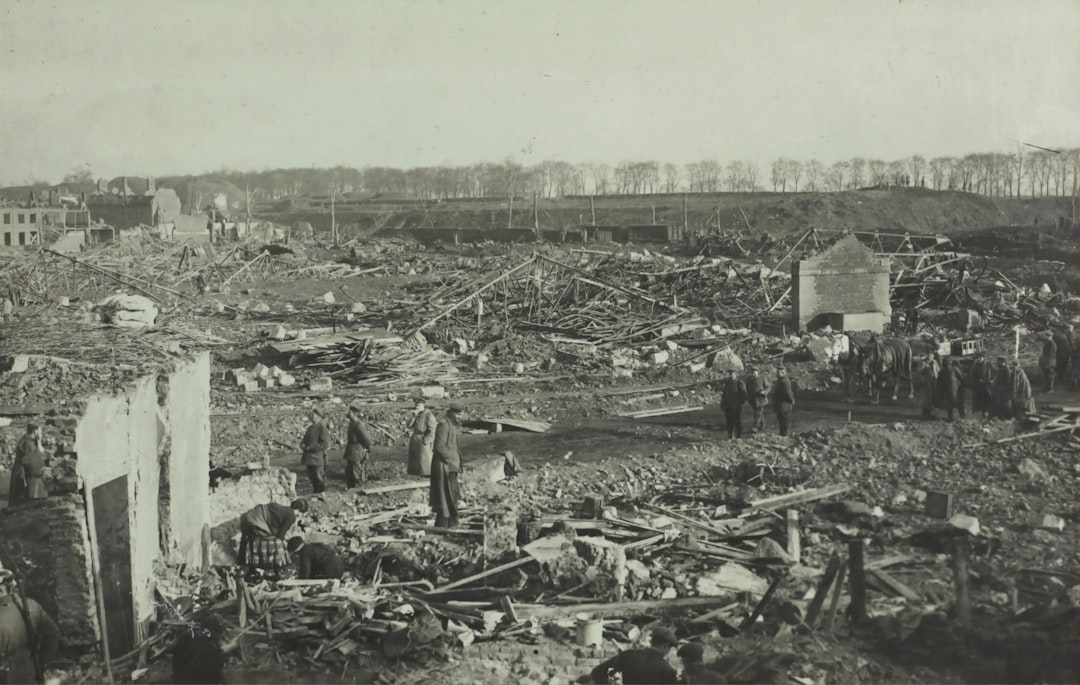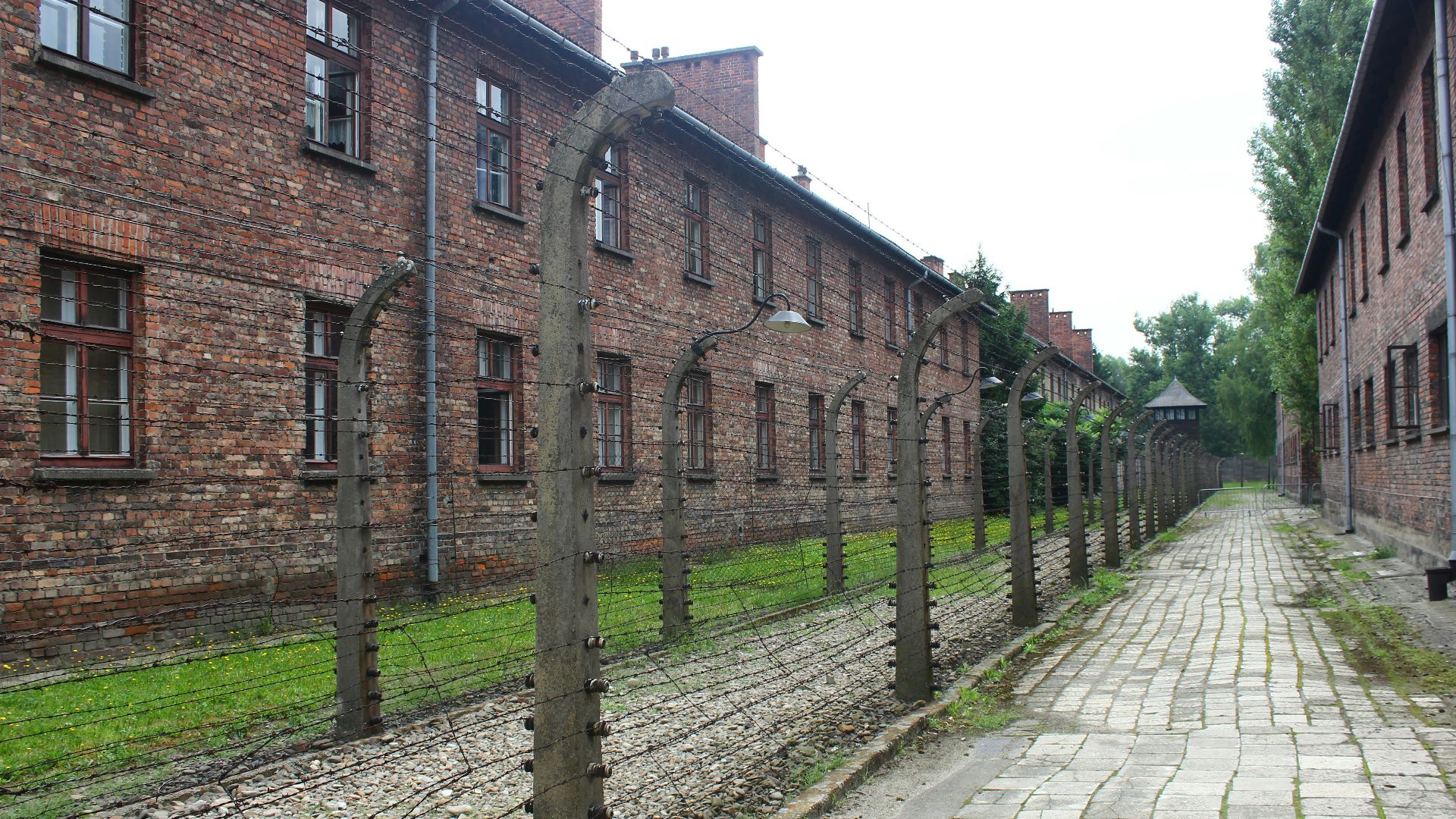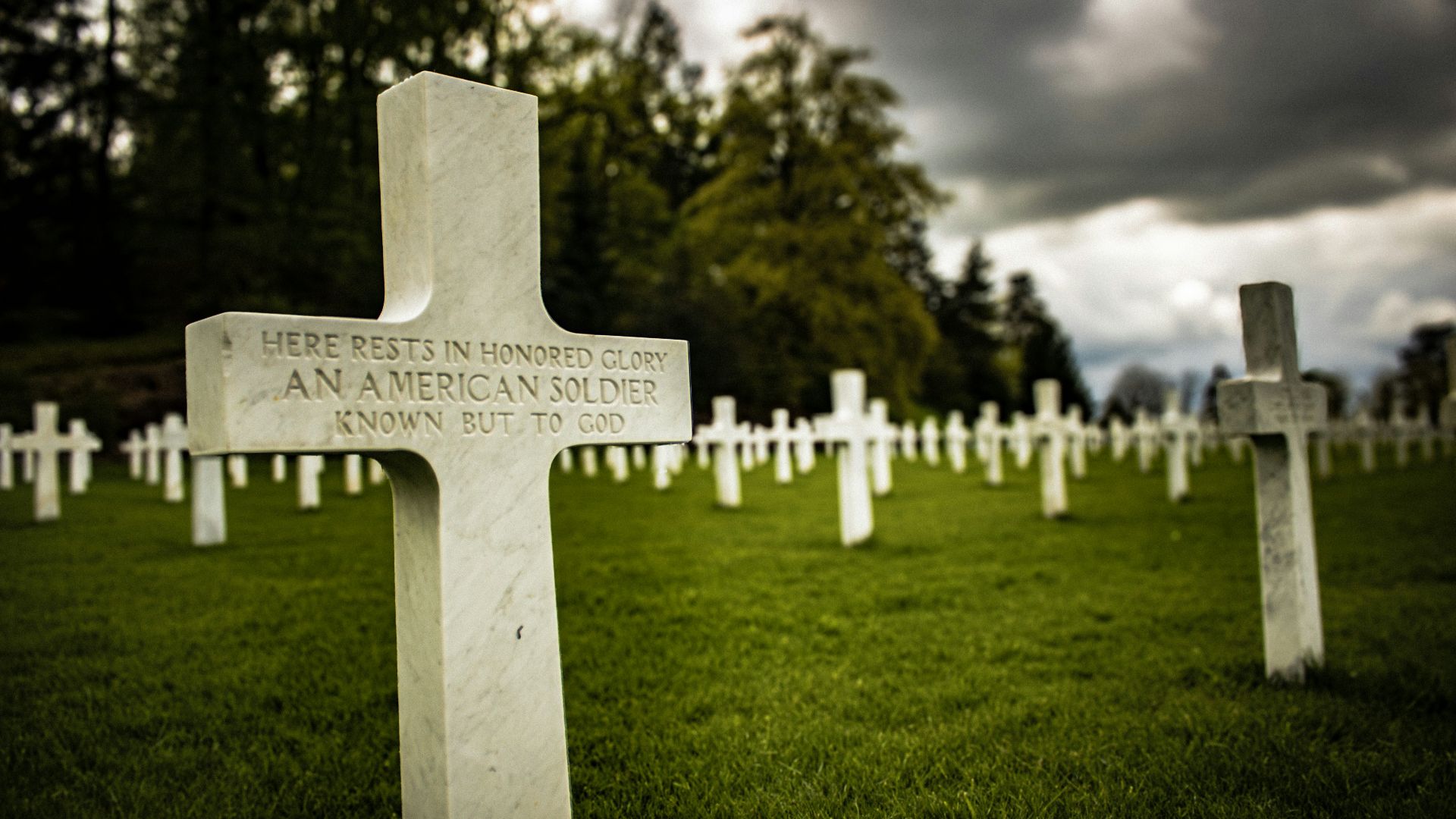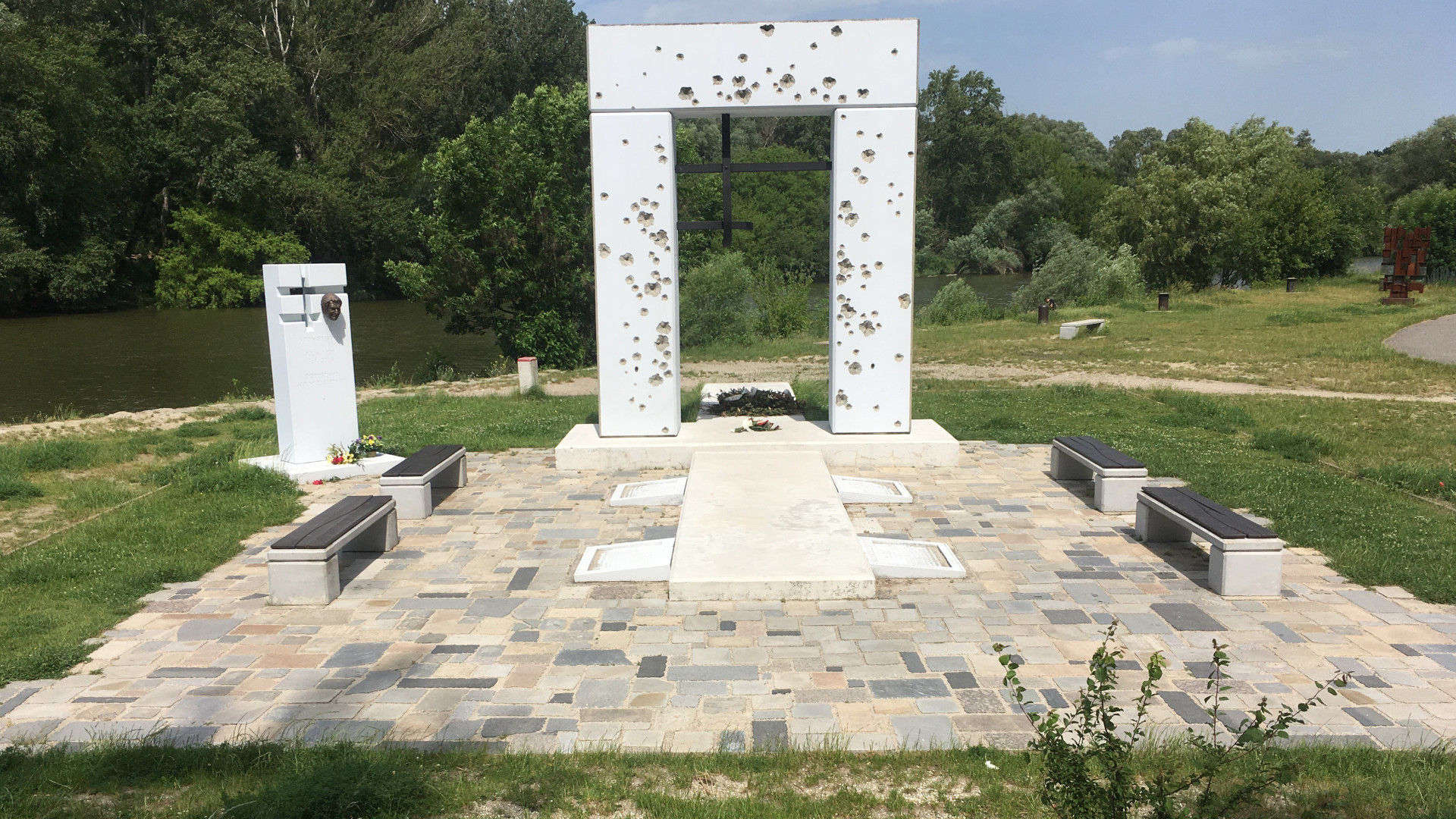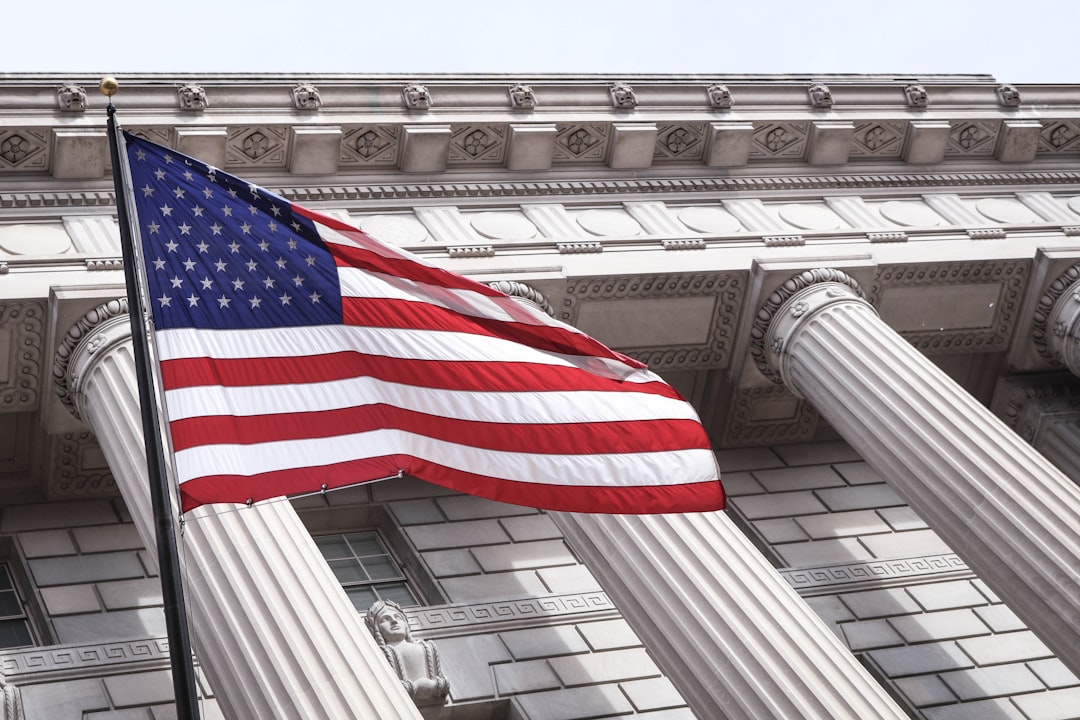Two of the Biggest Wars in History
Whether you’re a history buff or behind on your lessons, you undoubtedly know how impactful both world wars were. Though they share similarities, they also come with important differences—and we’re here to break them down.
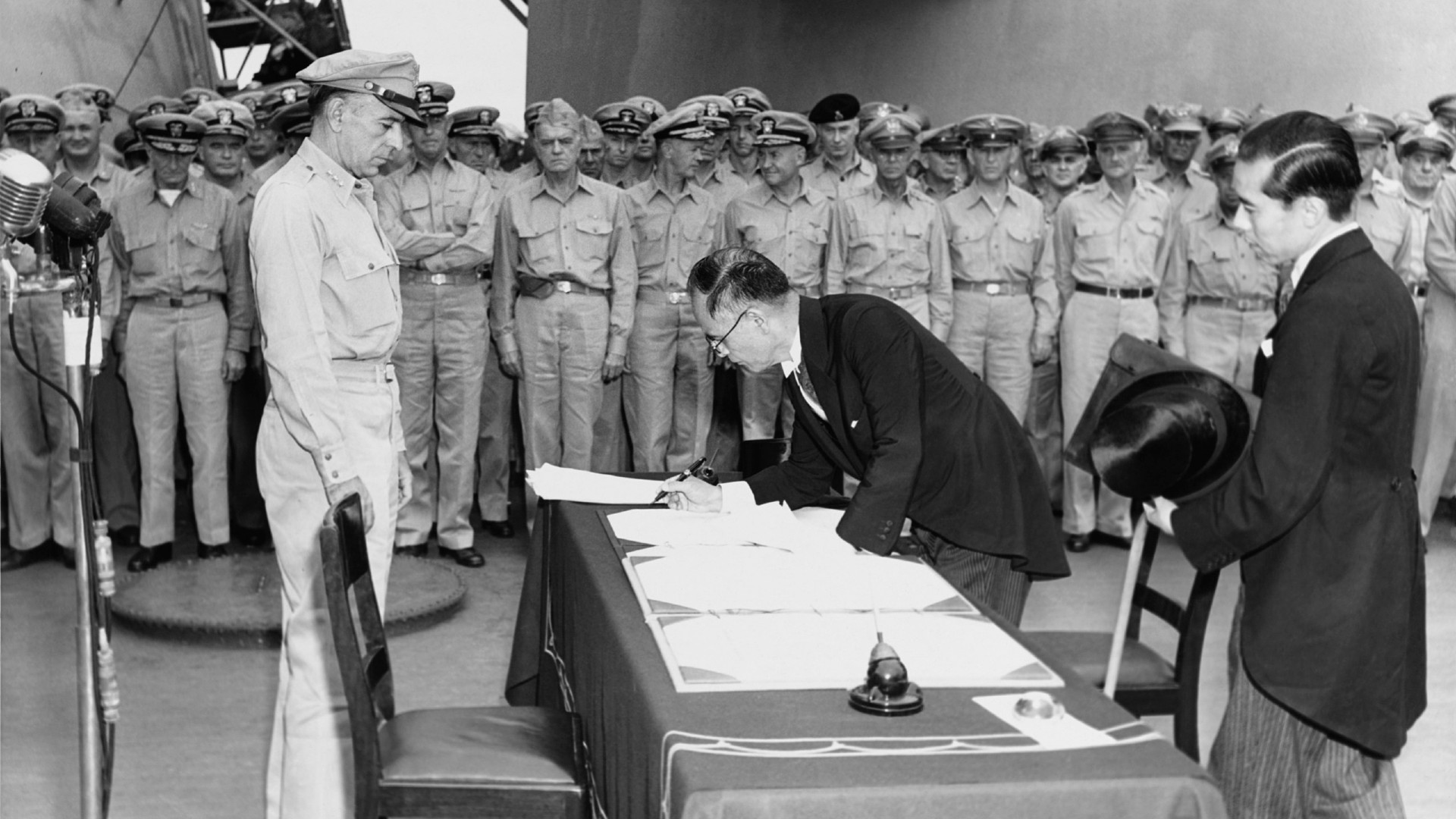 Army Signal Corps photographer LT. Stephen E. Korpanty on Wikimedia Commons
Army Signal Corps photographer LT. Stephen E. Korpanty on Wikimedia Commons
1. Overall Causes
Though both experienced some overarching causes, major reasons vastly differed. After Archduke Franz Ferdinand and his wife were assassinated, tensions rose across Europe and catalyzed WW1. Plans for WW2, on the other hand, largely stemmed from the disappointment of the Treaty of Versailles and extremists like Adolf Hitler.
2. Nuclear Weapons
WW1 certainly saw its fair share of advancements, but nothing like nuclear weapons. Toward the end of WW2, America decimated Hiroshima and Nagasaki—it was the first and only time in history that nuclear weapons were used.
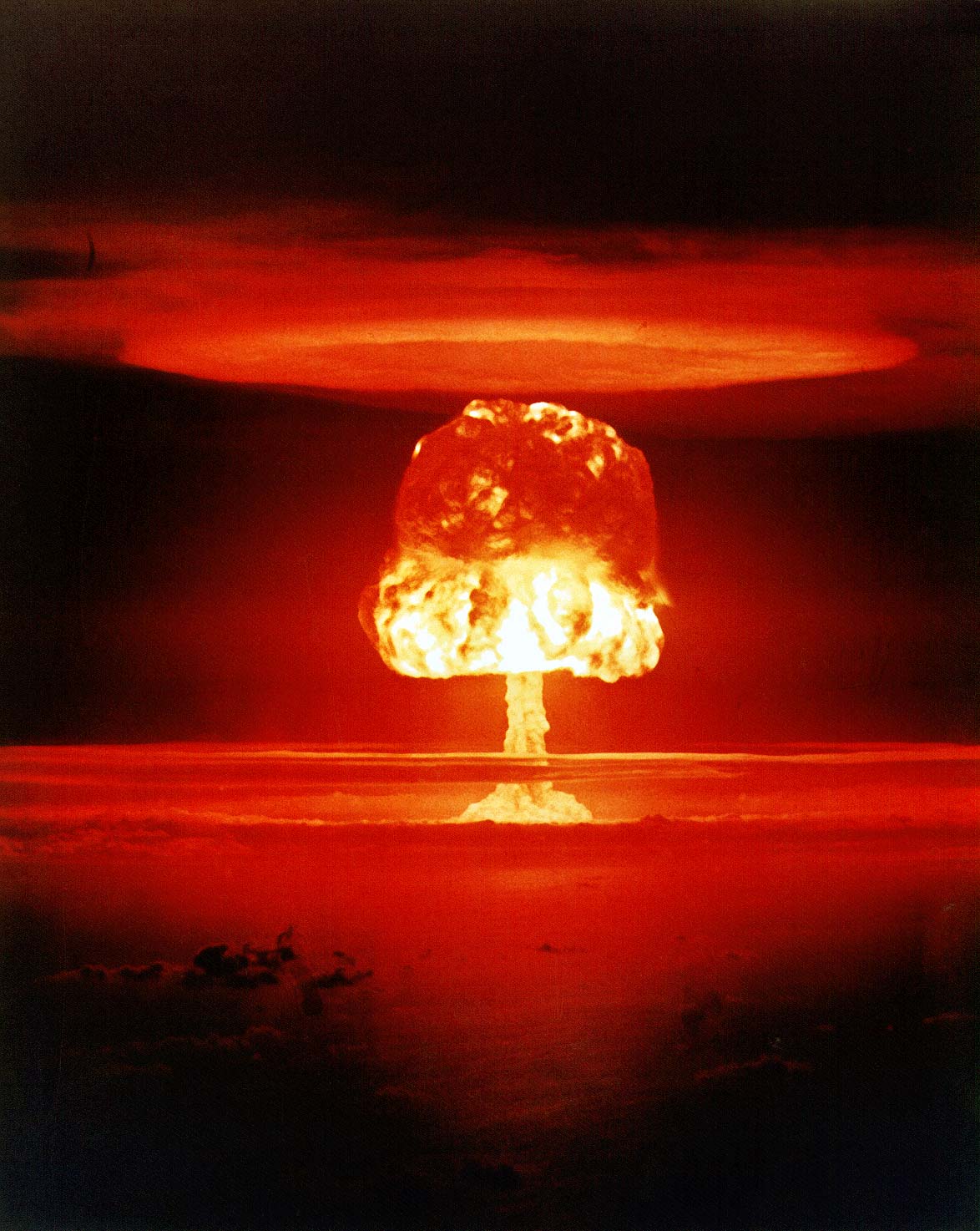 United States Department of Energy on Wikimedia
United States Department of Energy on Wikimedia
3. Better Tanks
While tanks were present in WW1, they didn’t have the same weaponry or movement as those in WW2. By the 1940s, tanks had everything from communications and speed to improved weaponry and better armor.
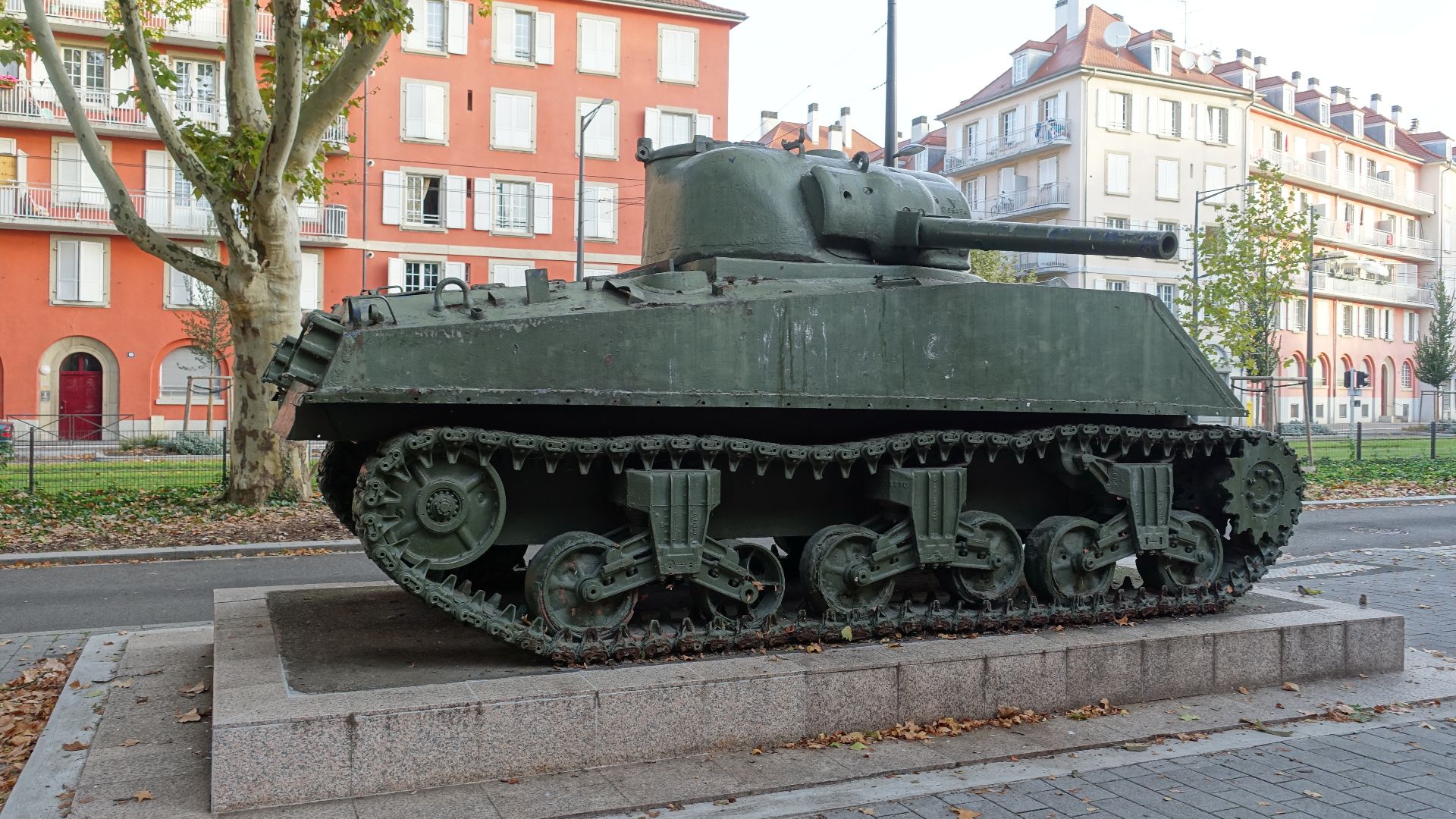 Guilhem Vellut from Annecy, France on Wikimedia
Guilhem Vellut from Annecy, France on Wikimedia
4. The First Jet Aircraft
Tanks weren’t the only incredible advancement. German’s Messerschmitt Me 262, or Me 262 jet fighters, were the first of their kind. Though nearly 1,500 were produced, only about 50 were cleared for use, and their first recorded attacks occurred in 1944 when they flew over British Mosquitoes.
 Julian Herzog (Website) on Wikimedia
Julian Herzog (Website) on Wikimedia
5. No Chemical Warfare
Gas may have played a large role in WW1 but by WW2, it hardly had the same impact on European soil. Theories vary on why Hitler avoided chemical weapons, but historians believe he found them to be indiscriminate, feared retaliation, and may have even feared them after surviving a mustard gas attack in WW1.
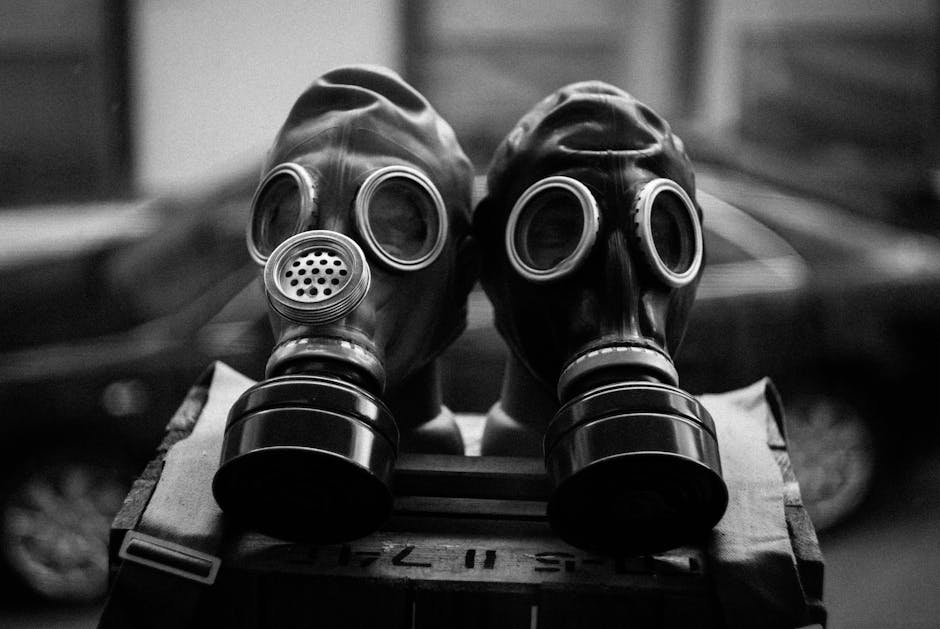 Александр Македонский on Pexels
Александр Македонский on Pexels
6. Medical Advancements
Countless WW1 soldiers lost their lives to disease and injury. Though WW2 also experienced numerous casualties, medical advancements at the time saved many lives. Functional prosthetics, antibiotics, and amputation advancements helped keep soldiers alive.
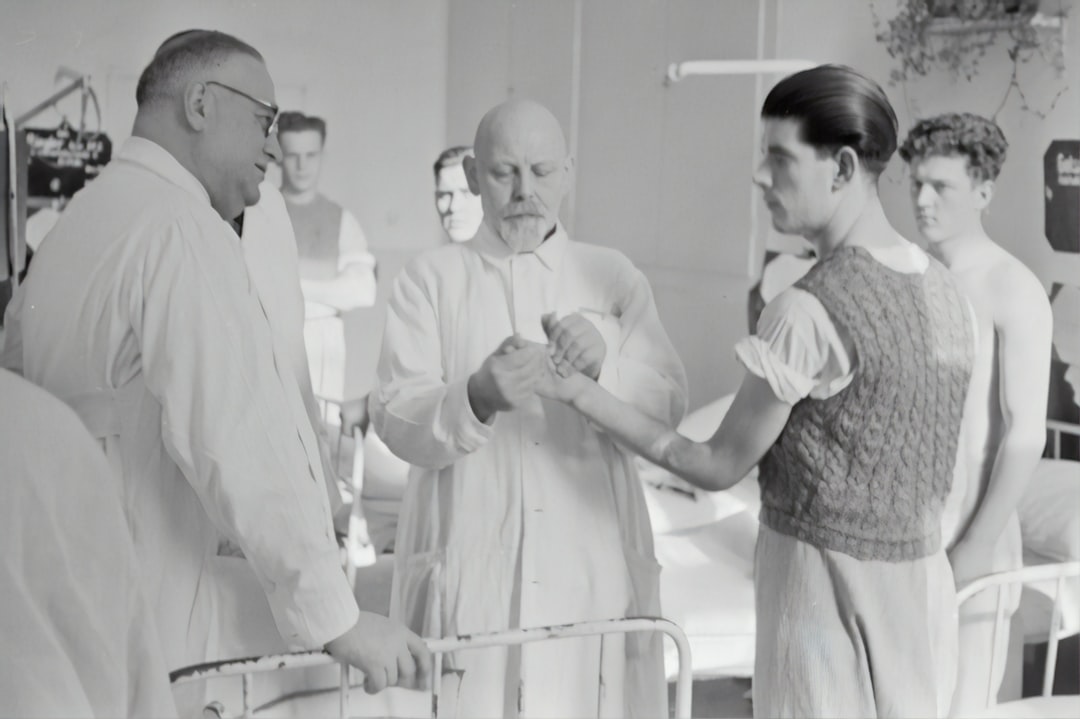 Austrian National Library on Unsplash
Austrian National Library on Unsplash
7. Italy Fought for Both Sides
Italy wore many helmets in both wars. During WW1, they initially declared neutrality but eventually joined the Allies by 1915. Fast forward to WW2—Hitler’s alliance with Benito Mussolini brought Italy and Germany together until 1943, shortly before Mussolini lost power and Italy joined the Allies.
 Unidentified photographer on Wikimedia
Unidentified photographer on Wikimedia
8. A War of Movement
WW2 saw a lot of crossed territory; WW1 focused more on trench warfare. From the number of civilian casualties to nations’ improved artillery, WW2 covered more ground and was easily the most impactful event of the 20th century.
9. More Casualties
Millions lost their lives in the Great War, but millions more perished by the end of WW2. Europe alone had nearly twice the number of civilian casualties while historians believe the total number of lives lost is past 60 million.
10. People Didn’t Want WW2
Droves of young men enlisted in WW1—patriotism and a romanticized thrill of adventure summoned flocks of excited faces. However, by WW2 everyone knew the horrors of war and weren’t keen to sign up for another one.
Both wars naturally had their differences, but they also share quite a few similarities as well.
1. Advanced Weaponry
Those 1914 advancements might not seem impressive compared to WW2’s improvements, but both wars saw plenty of ingenuity. WW1 brought tanks, flamethrowers, and chemical warfare to the table while WW2 had better artillery, faster tanks, and nuclear weapons.
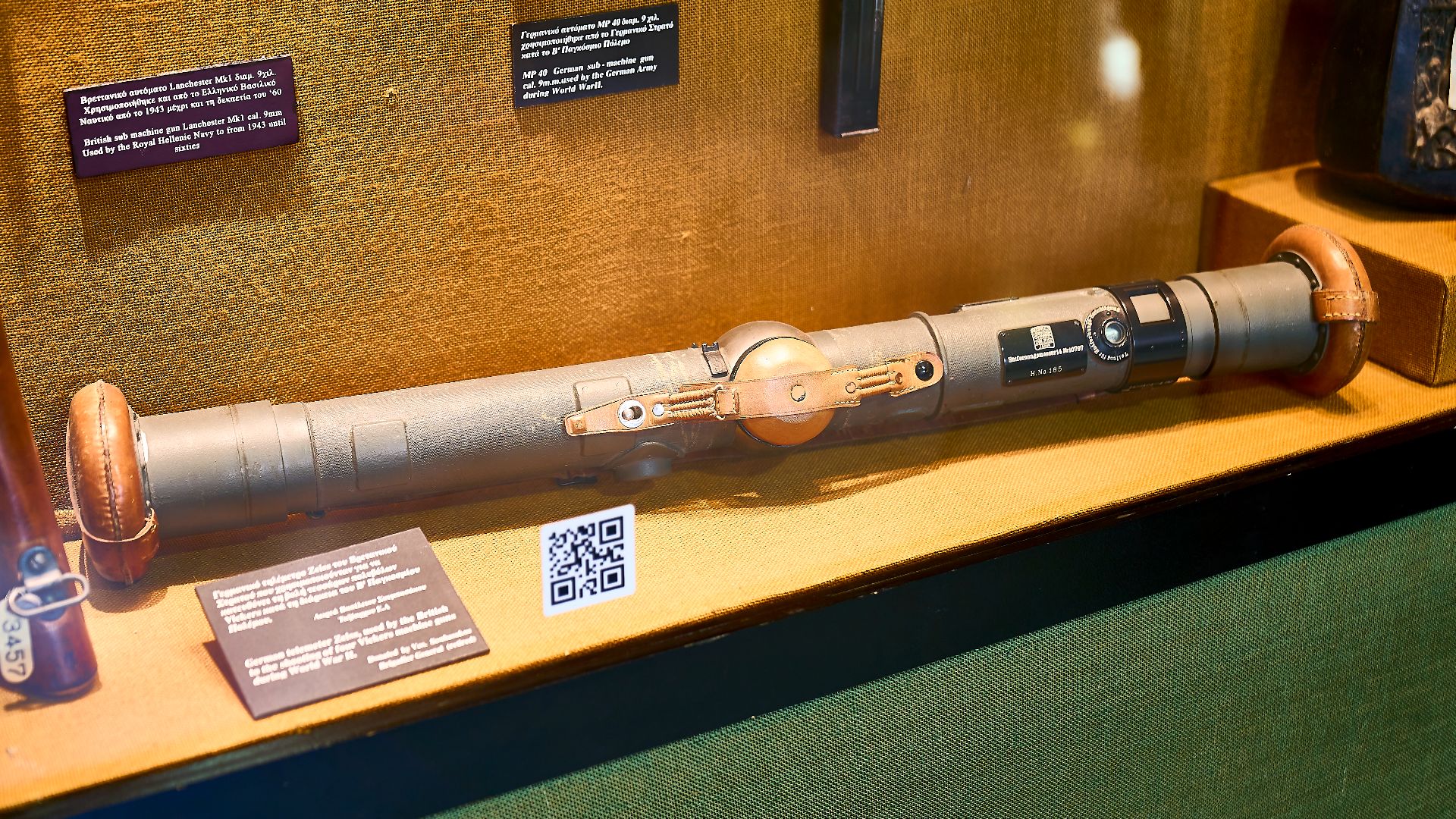 George E. Koronaios on Wikimedia
George E. Koronaios on Wikimedia
2. Germany Lost Both Times
Despite playing a major part in each world war, Germany was defeated both times. The armistice signed between Germany and the Allies effectively ended WW1 and signalled Germany’s defeat. In 1945, Hitler claimed his own life and German forces surrendered.
3. Many People Fought
Each war was catastrophic in its own right, stretching across a global scale and leaving lives upended. As you can imagine, both impactful events had millions of enlisted soldiers.
4. They Both Lasted for Years
While WW1 lasted four years (1914-1918), WW2 stretched on for a grueling six years (1939-1945). Each claimed the lives of tens of millions, marking both of them as two of the deadliest events in history.
5. Large-Scale Civilian Casualties
Of course, solidiers weren’t the only people who lost their lives. Civilian casualties in WW1 hit nearly six million lives, but the number climbed significantly during WW2—historians believe nearly 40 million civilians perished.
6. Genocides
We’ve all heard of the Holocaust, of the anti-semitism that caused it and the millions of lives it took. However, don’t let one tragedy overthrow another. WW1 also saw the Armenian genocide, an event that claimed at least one million lives.
7. Lasting Devastation
Casualties were just one way the world shifted after such devastation. Economic and political impacts rocked nations, plummeting some countries into poverty and ending nations altogether.
8. Major Changes to Europe
Both wars changed the world, and its map, as we know it. After WW1, Poland, the Baltics, and Finland sprouted from the fall of the Russian Empire whereas the Austro-Hungarian Empire became Austria, Hungary, Czechoslovakia, and Yugoslavia. WW2, on the other hand, led to the division of Eastern Europe behind the so-called Iron Curtain.
9. Communism Benefitted
During WW1, the Russian empire’s army lost nearly one million lives, leading to the rise of Lenin and the Bolsheviks. Communism would again benefit in WW2—the Red Army's liberation of Eastern Europe allowed the Soviets to establish communist puppet states. This division would come to be known as 'the Iron Curtain' during the subsequent Cold War.
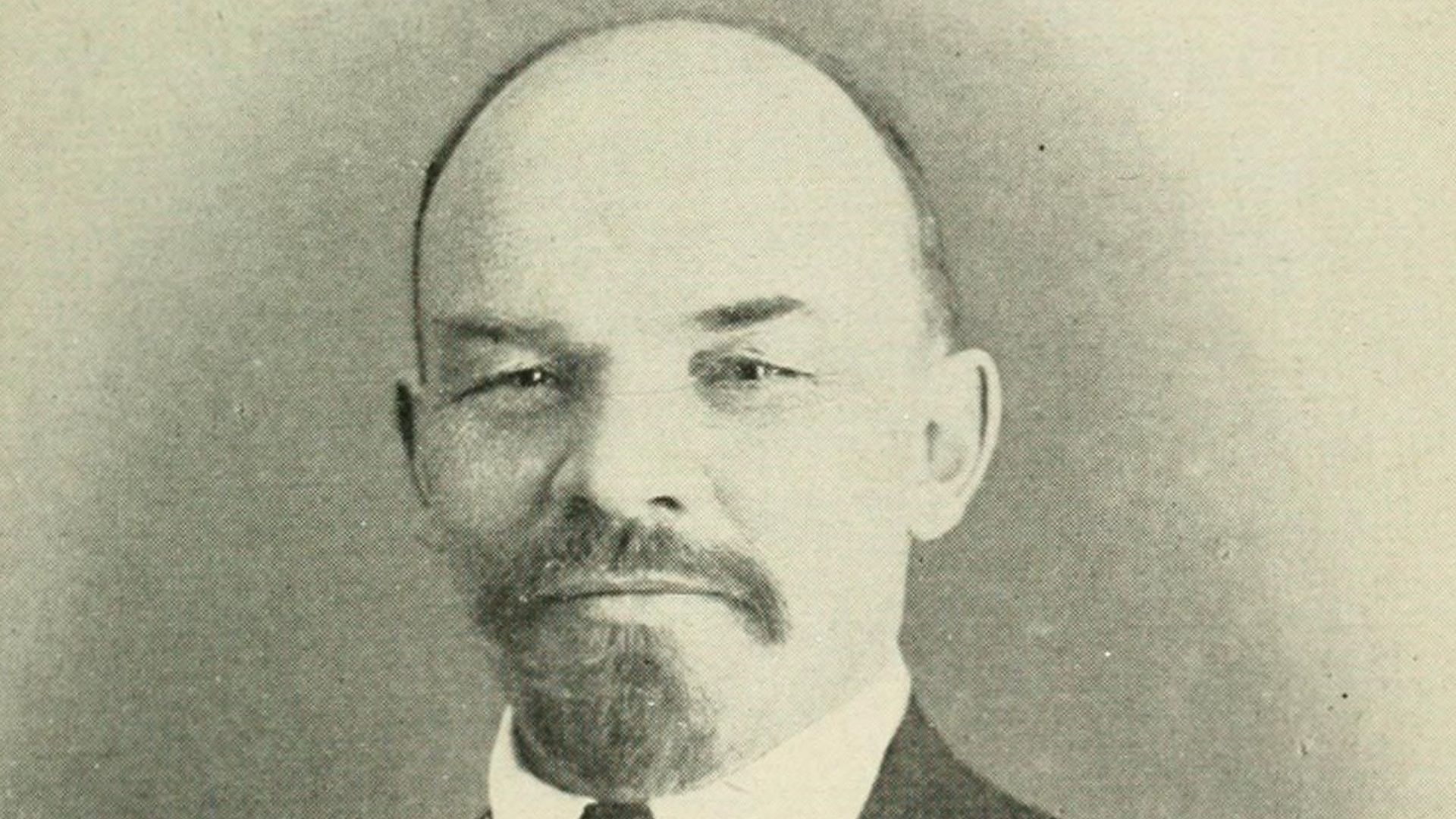 W. Pleyer (original photographer) on Wikimedia
W. Pleyer (original photographer) on Wikimedia
10. United States Joined Late
Though America participated in both wars, the United States joined the party each time. In WW1, the U.S. began fighting in 1917. In WW2, they assisted the Allies by 1941.
KEEP ON READING

The story of Ching Shih, the Woman Who Became the…
Unknown author on WikimediaFew figures in history are as feared…
By Emilie Richardson-Dupuis Dec 29, 2025
Einstein's Violin Just Sold At An Auction—And It Earned More…
A Visionary's Violin. Wanda von Debschitz-Kunowski on WikimediaWhen you hear…
By Ashley Bast Nov 3, 2025
This Infamous Ancient Greek Burned Down An Ancient Wonder Just…
History remembers kings and conquerors, but sometimes, it also remembers…
By David Davidovic Nov 12, 2025
The Mysterious "Sea People" Who Collapsed Civilization
3,200 years ago, Bronze Age civilization in the Mediterranean suddenly…
By Robbie Woods Mar 18, 2025
20 Inventors Who Despised Their Creations
Made It… Then Hated It. Inventors often dream big, but…
By Chase Wexler Aug 8, 2025
20 Historical Figures Who Became Martyrs for Their Cause
When Belief Becomes a Final Stand. Martyrdom transforms death into…
By Cameron Dick Dec 31, 2025


